The eighth month of pregnancy – Water retention during pregnancy
It’s getting serious. Your baby needs more and more space in your belly and is now almost ready for birth. Everyday life will probably become more strenuous for you and you may increasingly experience water retention in your legs and feet – but this is quite normal. This water retention during pregnancy can lead to swelling in the face, hands and feet. Once the baby is born, however, the water retention usually disappears within a few days.
Development of the Baby
In the 29th week of pregnancy, the baby’s development is already well advanced. The organs are almost mature and it can already get hiccups. The baby moves towards the pelvis and pulls its little arms and legs close to the body, there is less and less space in the belly. In the 29th week of pregnancy your baby is about 39 cm tall and weighs 1240 grams. By the 32nd week of pregnancy, the baby will be about 43 cm tall and weigh 1770 grams.
Hair, eyelashes and eyebrows are already forming on the baby’s head. The lanugo hair, which formed in the 4th month of pregnancy, is now slowly dissolving. Meconium, also known as “puerperium”, is also already forming in the baby’s intestines. All these changes make it clear that the baby’s development is already well advanced.
Water retention during pregnancy – this is what happens to your body
The abdominal girth increases steadily and makes everyday life more difficult. Hormonal changes can lead to digestive problems and fatigue, but a high-fiber diet can help.
From the 30th week of pregnancy at the latest, water retention can occur in the legs and hands. Water retention usually leads to swelling in the hands, feet and face. These water retention are sometimes very unpleasant and can cause pain. Especially in the last trimester of pregnancy, many pregnant women suffer from water retention, which is caused both hormonally and by the increased weight during pregnancy. To reduce water retention in the eighth month of pregnancy, it is important to drink plenty of fluids and exercise regularly. After delivery, water retention usually disappears within a few days.
If you have not already done so, it is best to have support stockings fitted. These relieve pressure on the veins and reduce edema and swelling during pregnancy. In addition, compression stockings can reduce the risk of phlebitis, thrombosis and varicose veins. Wearing so-called support stockings therefore makes sense even from the beginning of pregnancy.
Tips against water retention during pregnancy – fight water in the legs and hands
- The right diet – foods like cucumbers and watermelon, which are high in water, can help reduce water retention. At the same time, it’s best to avoid foods high in salt and fast foods.
- Elevate your legs – if you suffer from water retention during pregnancy, it is best to elevate your legs at every opportunity – this can reduce water retention.
- Drink, drink, drink – drink plenty of water or teas, but no more than your health care provider recommends.
- Exercise – light exercise, such as walking, swimming or yoga also helps to reduce water retention during pregnancy.
The third and final checkup is coming up
The third ultrasound examination is scheduled between the 29th and 32nd week of pregnancy and is used to assess the age-appropriate development and position of the child. The placenta and the amount of amniotic fluid are also checked again. This information is important for birth planning. If you wish, you can often take advantage of an additional service for which a fee is charged, namely the so-called 3D/4D ultrasound – this way, thanks to modern technology, you can already take home a great picture of your miracle.
If you are concerned about increasing water retention, now is the best time to talk to your doctor about it.
It’s time to pack the clinic bag
It is often recommended to simply pack two bags. One delivery room bag and one for the inpatient stay. The delivery room bag can be a small backpack. If you are planning a cesarean section from the beginning, you should definitely pack an additional bag for an inpatient stay. However, this is also recommended, since it can always happen that you stay two or three days longer. Here is a list of what should be in the bag:
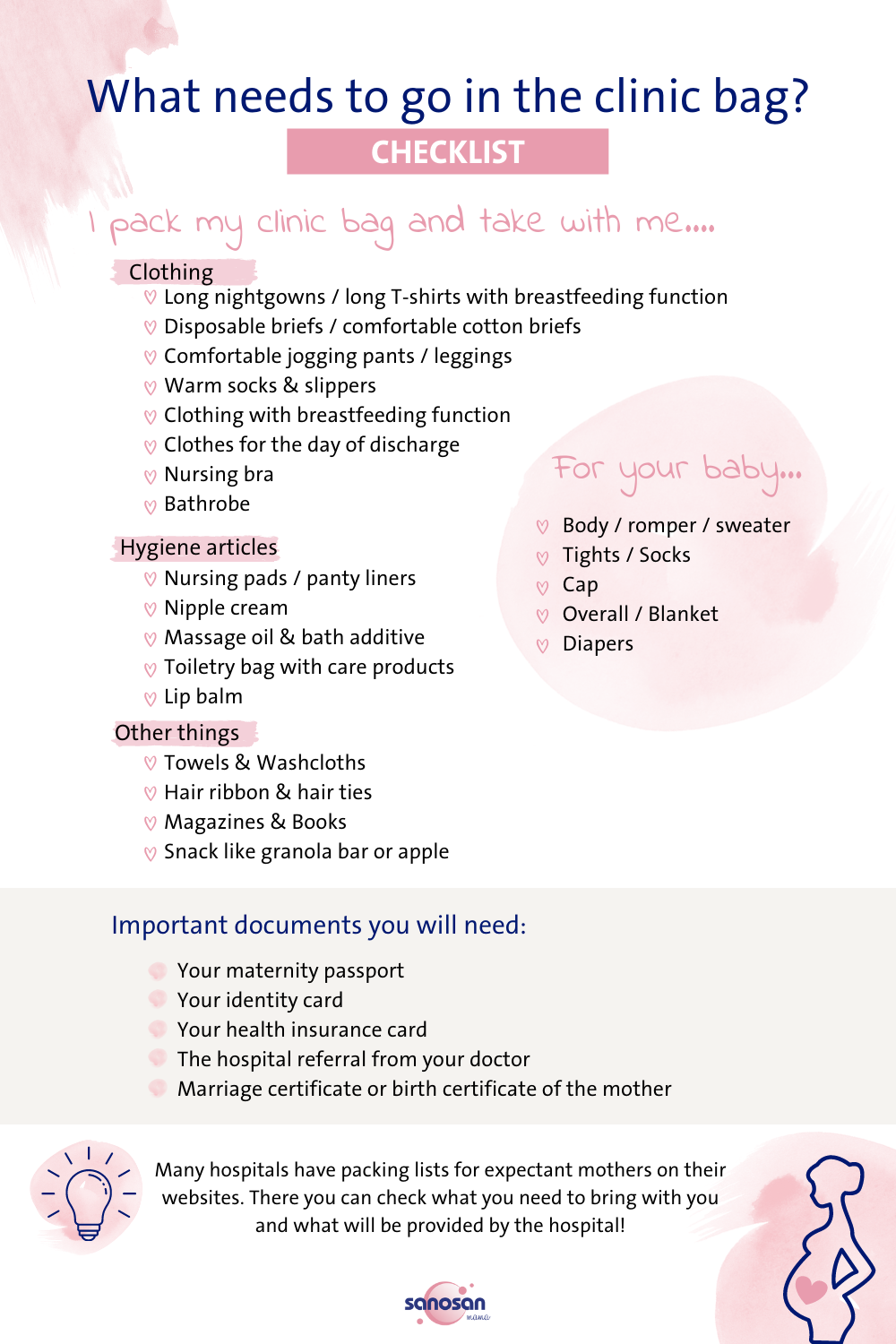
The bag for an inpatient stay should contain a little more clothing for the baby and you – so instead of two nightgowns, maybe five or six. It is also best to pack some clothes for the person accompanying the baby at birth.
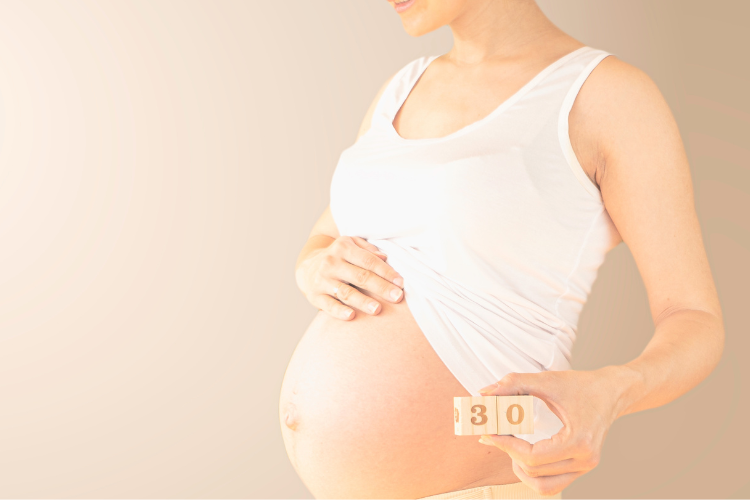
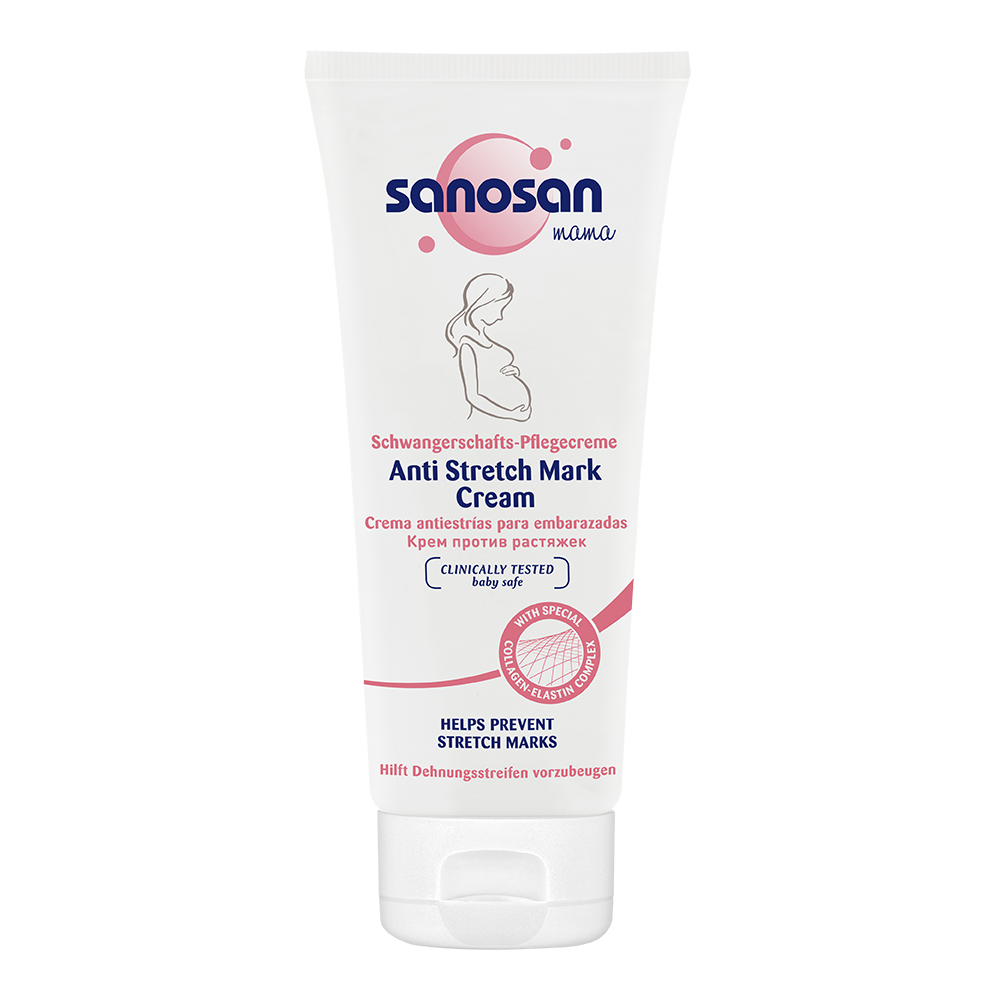
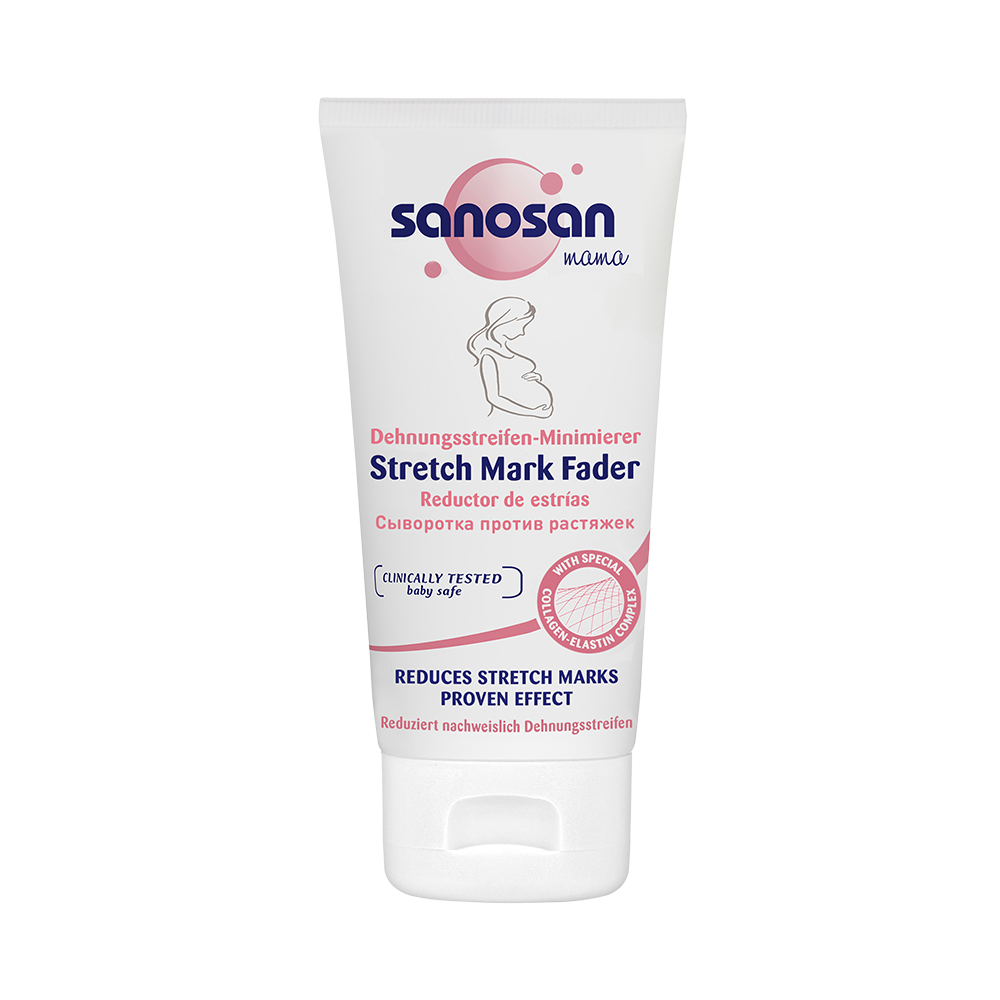
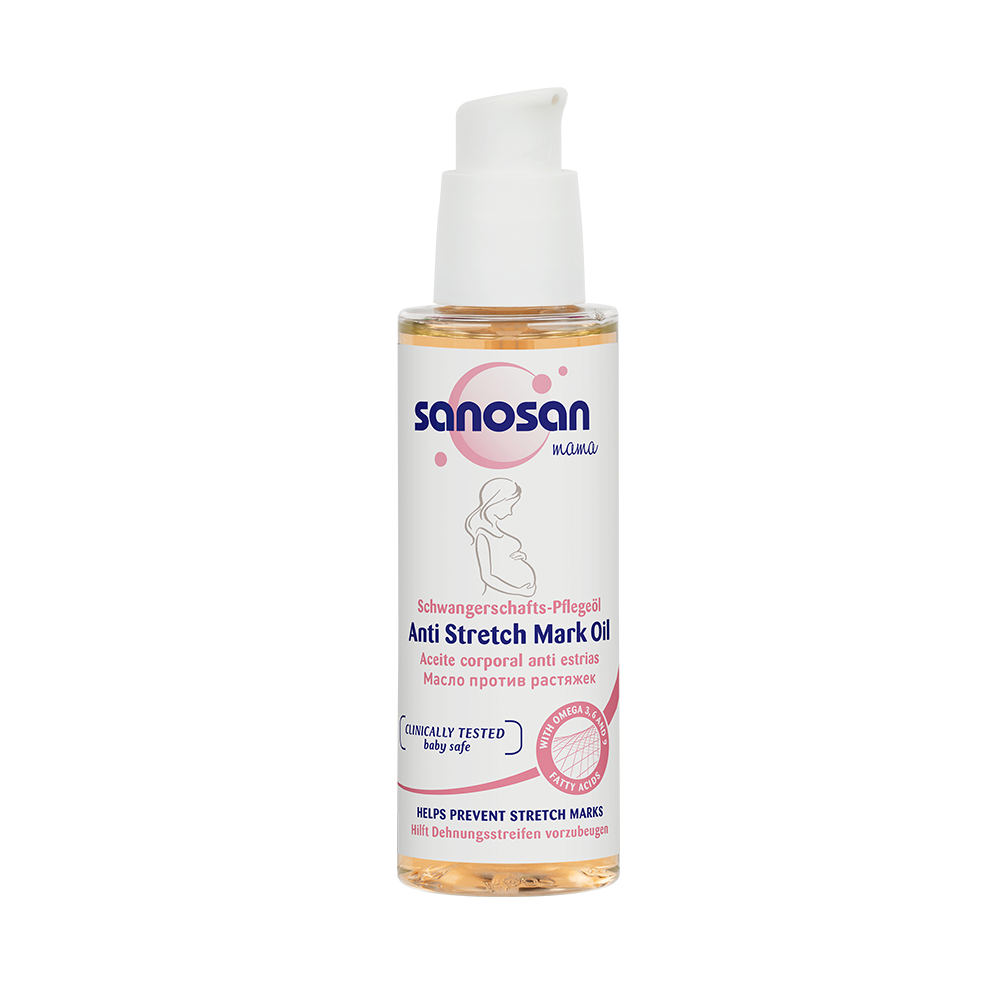
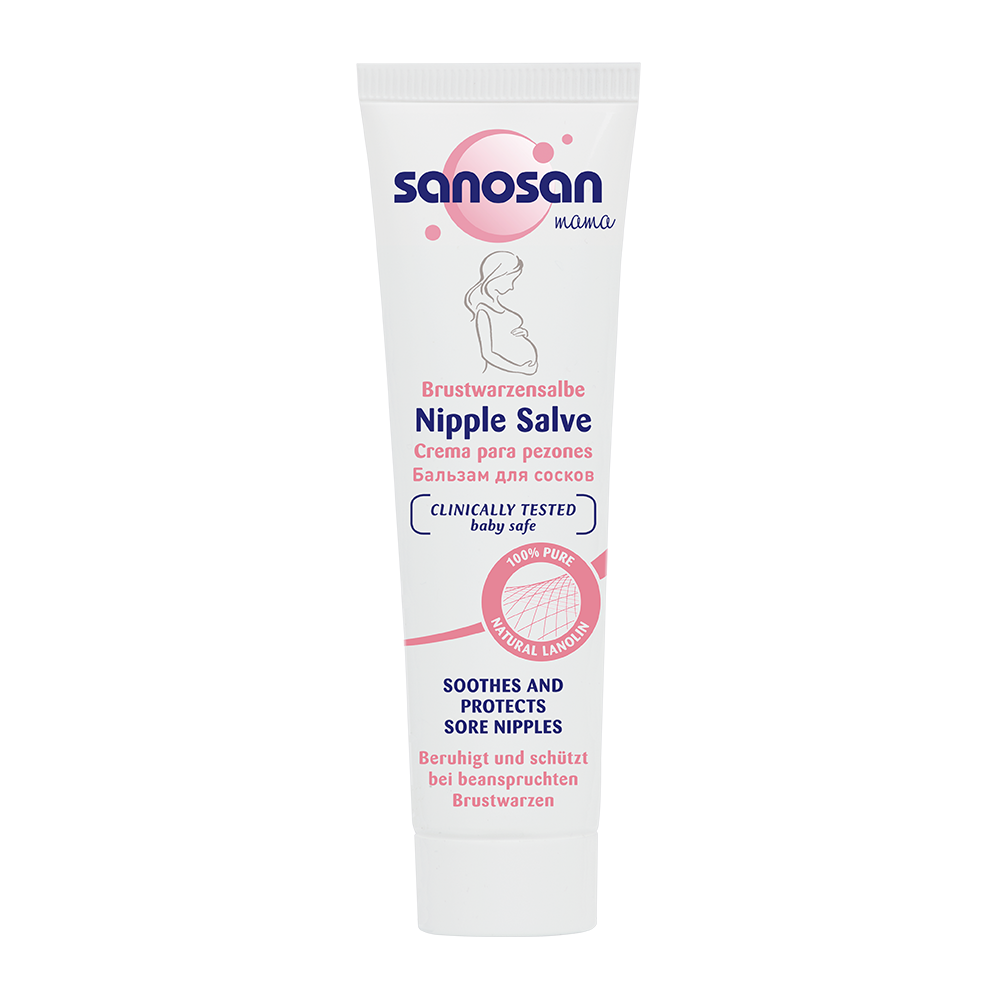
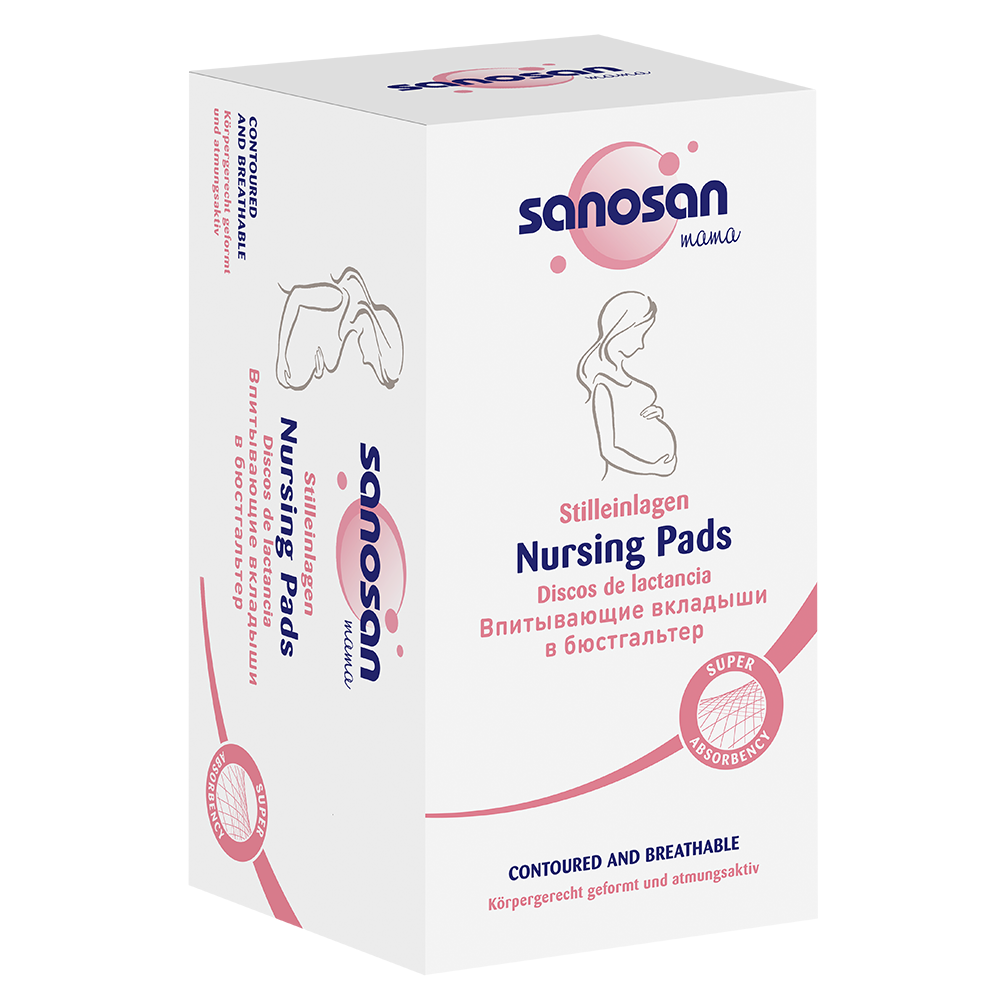
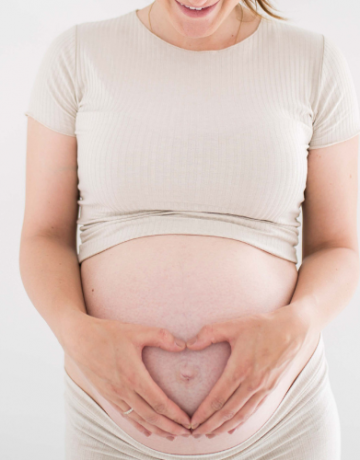

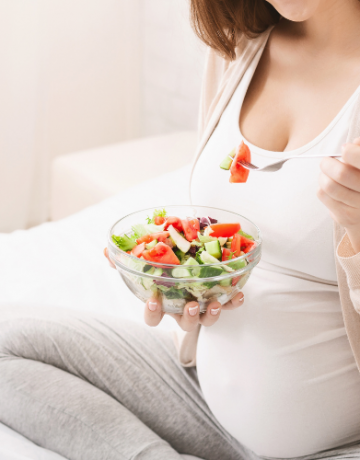
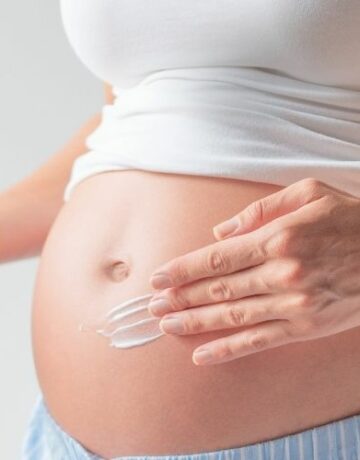

Comments (0)